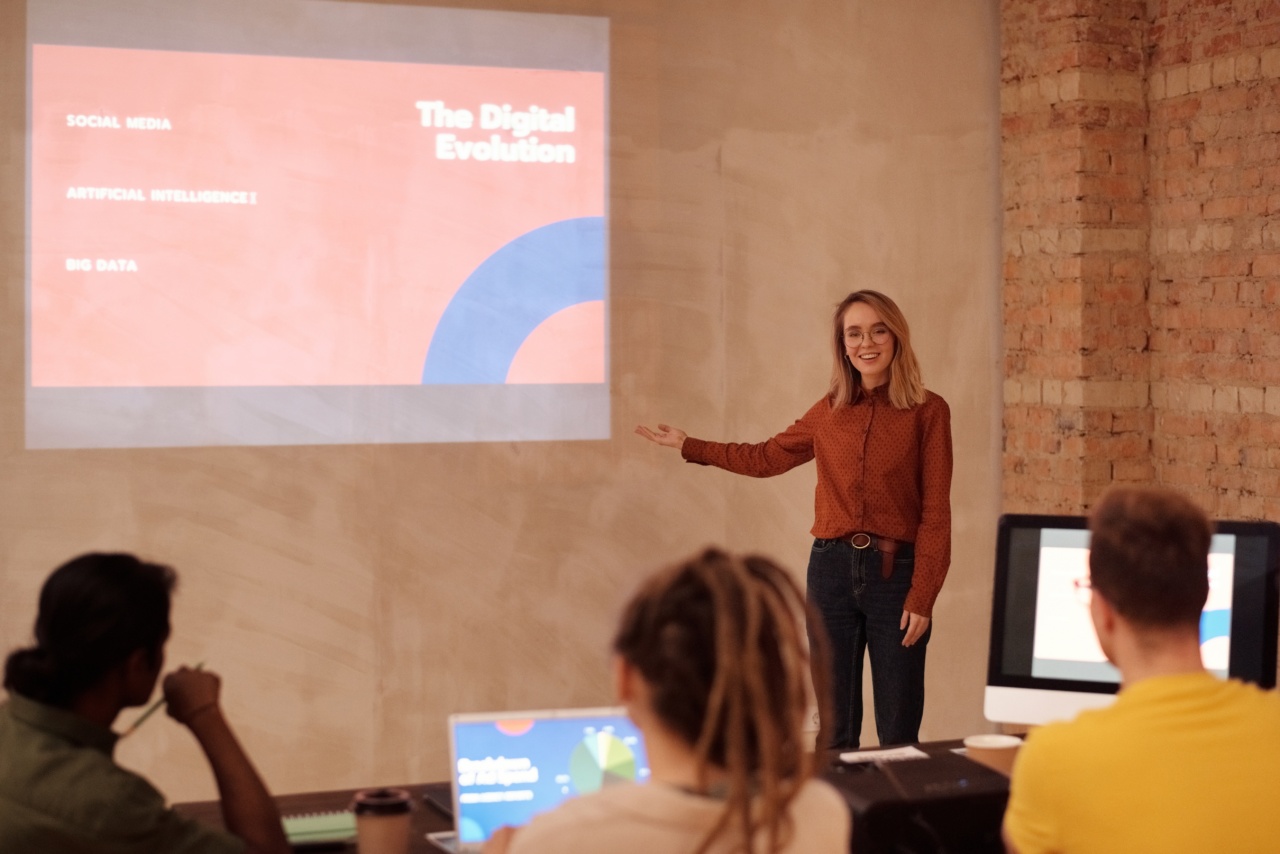Presenting new ideas or products can be an intimidating task. The key is to be well-prepared, confident, and engaging. Here are 8 tips to help you make a great presentation.
1. Know Your Audience
Before you start preparing your presentation, you need to know who your audience is.
Are they potential customers or investors? Are they industry experts or novices? Tailor your presentation to your audience by understanding their interests and knowledge level.
2. Keep It Simple and Clear
Avoid using jargon, complex language, or technical terms that your audience might not be familiar with. Keep your presentation simple, easy to understand, and to the point. Use visuals to enhance your message.
3. Highlight the Benefits
Make sure to highlight the benefits of your ideas or products. Show your audience how they can benefit from what you are presenting. Use real-life examples and case studies to demonstrate how your idea or product has helped others.
4. Be Authentic
Be yourself and share your passion and enthusiasm for your topic. Authenticity is key to engaging your audience and building trust. Avoid trying to be someone you are not or presenting a false image.
Your audience will appreciate your honesty and sincerity.
5. Practice, Practice, Practice
Practice your presentation as many times as possible before the actual event. This will help you become more confident and familiar with the material. Practice in front of a mirror or with a friend to receive feedback and improve your delivery.
6. Use Visual Aids
Visual aids such as slides, videos, or infographics can help engage your audience and convey information more effectively. Use relevant visuals that support your message and keep them simple and clean.
7. Engage Your Audience
Engage your audience by asking questions, encouraging participation, and using storytelling techniques. Involve your audience in the presentation to keep them interested and invested in your message.
8. Be Ready for Q&A
Prepare for potential questions and be ready to answer them confidently and accurately. Anticipate the most common questions and prepare answers in advance. If you don’t know the answer to a question, be honest and offer to find the answer later.



























